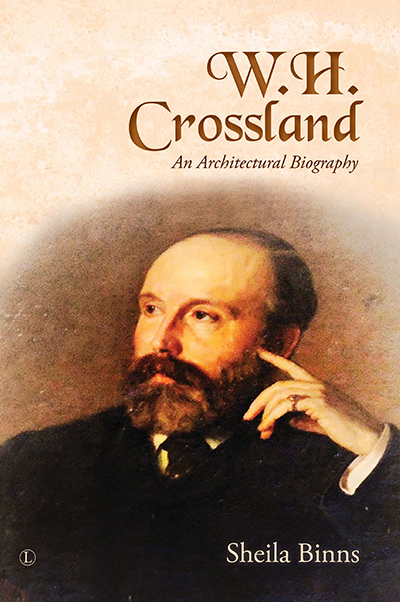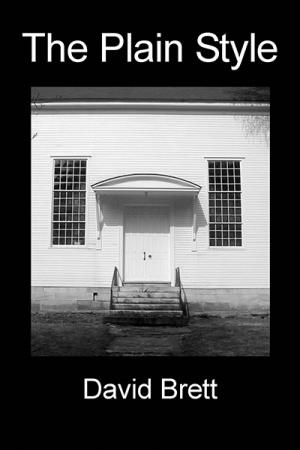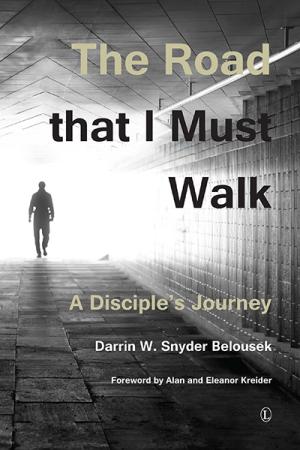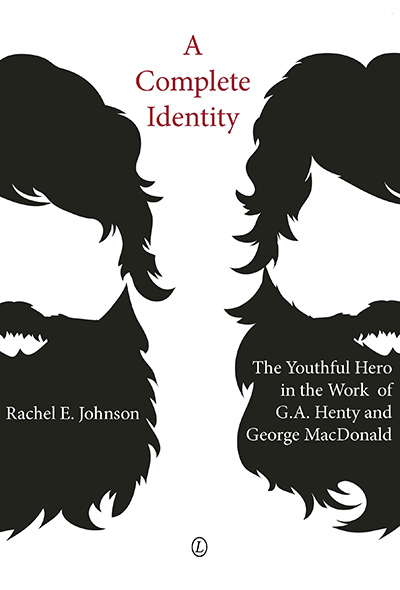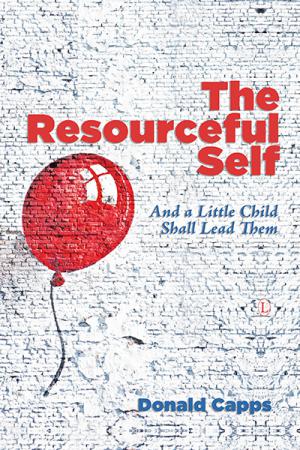Description
The creative genius behind Founder’s Building at Royal Holloway, University of London, arguably the most glorious building in England of the end of the nineteenth century, is widely respected and its architectural style is regarded as archetypally ‘Victorian’. Yet its architect, William Henry Crossland, is little known, despite a substantial catalogue of buildings, most of which remain standing today. Bringing Crossland out of the shadows, this biography explores this mysterious and elusive figure in depth for the first time. Recently digitised documents and long-hidden archival material have thrown a powerful light on Crossland, which, together with the author’s first-hand knowledge of his buildings, offer the reader an unprecedented appreciation and understanding of the man, his life and work, as well as his personal and artistic influences.
W.H. Crossland fills a gap in nineteenth-century architectural knowledge, but it is also the touching story of an ambitious and talented man, who is long overdue to be recognised as one of the ‘greats’ among nineteenth-century architects. This book is intended for architects, architectural historians and anyone who is interested in the built environment, nineteenth-century history and intriguing personal stories.
About the Author
Sheila Binns is a freelance researcher. Following a career in teaching and educational administration, an MA exploring nineteenth-century art and architecture at Royal Holloway, University of London, nurtured new interests. Frequent visits to Yorkshire provided the opportunity to examine the early career of W.H. Crossland, but the inspiration for this book was the architecture of Royal Holloway itself. Her previous publications include The Aesthetics of Utopia (2013) and Sir Edward Colebrooke of Abington and Ottershaw (2014).
Contents
List of illustrations and credits
Acknowledgements
Crossland: a note on the name
Introduction
1. Early years
2. The Halifax office
3. The first Leeds office
4. The second Leeds office
5. The third Leeds office
6. London and Huddersfield offices
7. The London office: competition success
8. The London office: the big project
9. The Egham office
10. The thespian dream
11. Into obscurity
Architectural commissions by W.H. Crossland
Bibliography
Index
Endorsements and Reviews
In enabling Yorkshire architect W.H. Crossland to step out of the shadows, this detailed study of his life and work provides further valuable evidence of the significant contribution made by provincial architects to the richness and complexity of Victorian architecture.
Professor Hilary J. Grainger OBE, University of the Arts London and National Chair of The Victorian Society
Rochdale Town Hall. Holloway Sanatorium. Royal Holloway College. The mysterious William Crossland was the architect of three of England’s most impressive Victorian buildings. They should have made his fortune but this, alas, is a story of riches to rags. Taking advantage of newly-digitised newspapers, Sheila Binns painstakingly pieces together the life of a man who ended in such obscurity that not even the final resting place of his body is known.
Dr Ian Dungavell, Architectural Historian and Conservationist
William Henry Crossland produced three great buildings, which are among the masterpieces of Victorian architecture, and a host of other fine work, especially in his native Yorkshire. Sheila Binns’ thoroughly researched, well-written and comprehensive study rescues Crossland from obscurity, and does full justice to his varied and often fascinating life and works.
Dr Steven Brindle, Architectural Historian, English Heritage
Binns’ account might help to dispel any lingering distrust of Victorian architecture. To the mid-twentieth century mind, it had all seemed very imitative – an agglomeration of arcane historical details, assembled into apparently random accumulations of gables, turrets, towers, balustrades and hand-crafted carving. This book should help to challenge this prejudice, and promote a more balanced view – and architects should bear in mind that it will certainly be read by many potential clients, anyone who has an interest in the history and current condition of our built environment, and who will expect their architect to be at least as well informed as themselves. Kenneth Lynn, RIBA, Dipl. Arch. (Oxford) In The Victorian Web, December, 2023
Binns’ enthusiasm and personal knowledge of the buildings themselves is key, and as the only book dedicated to this great Victorian architect, it will be essencial reading for anyone interested in the development of Victorian architecture as it fills an important void in scholarship on this significant figure. Connor Mcneil In The Victorian, November 2023

